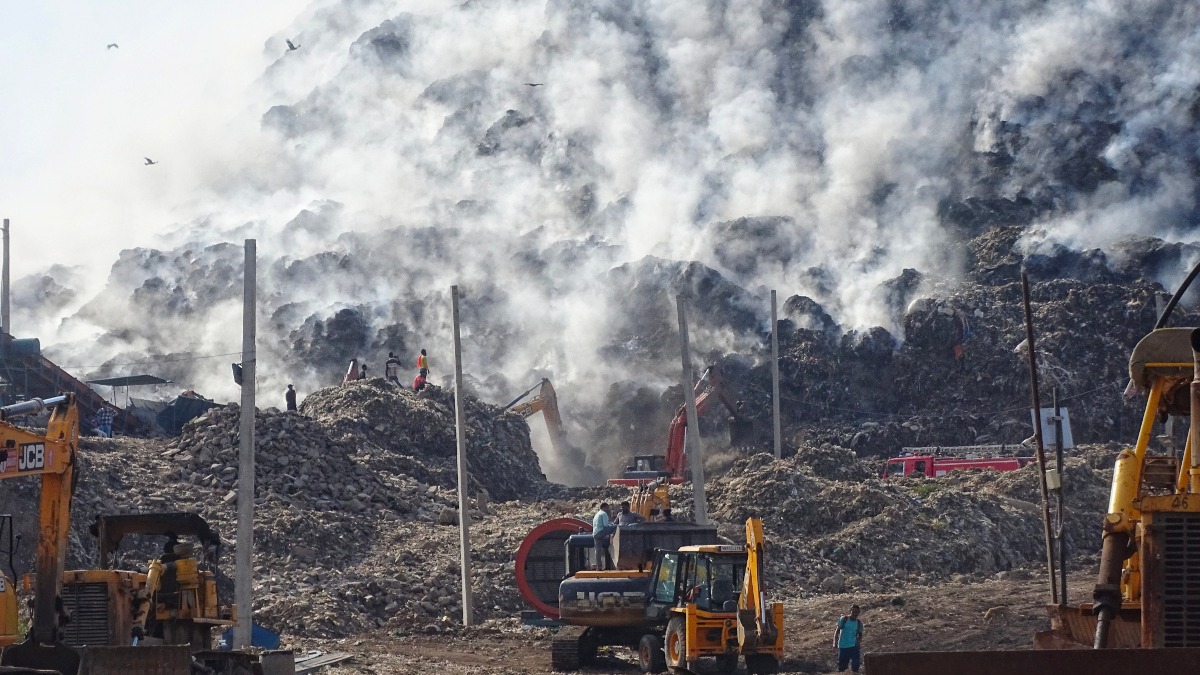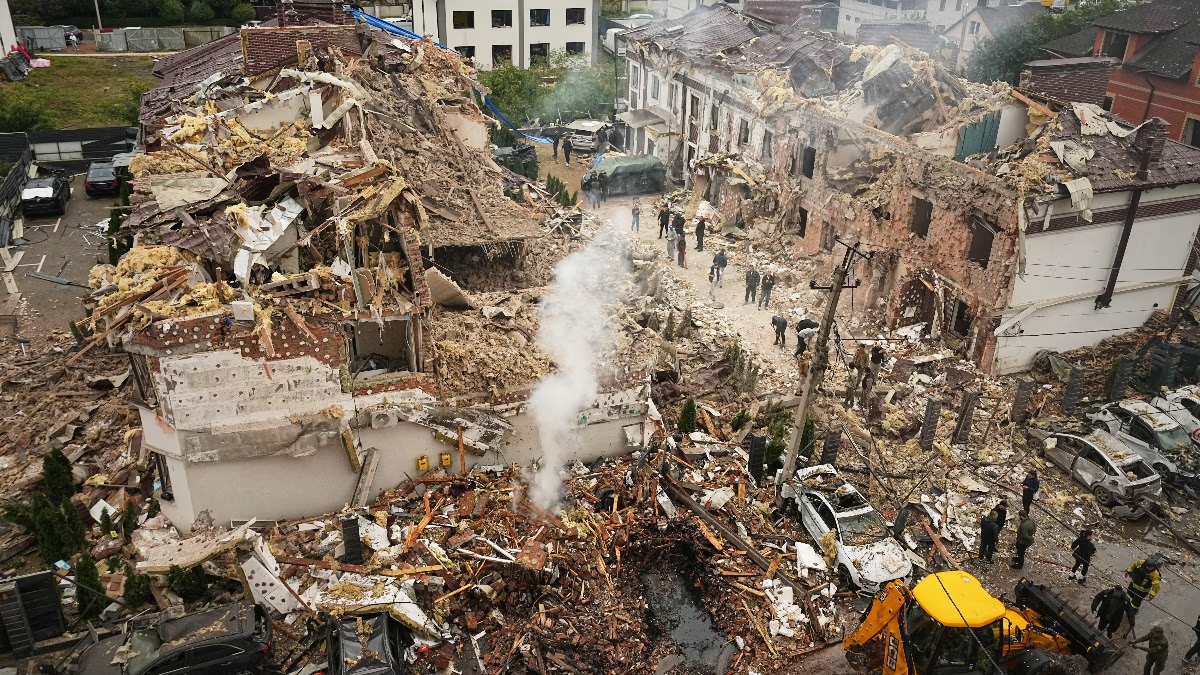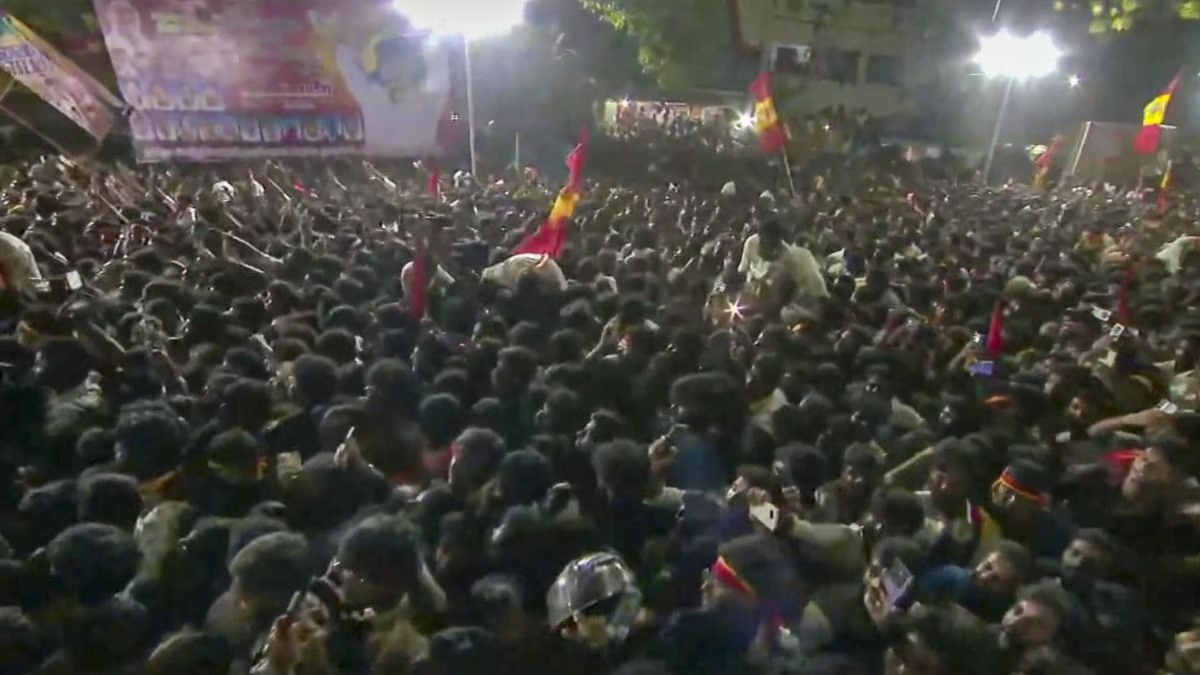Efforts to control the fire at Ghazipur Landfill Site, also known as the mountain of garbage in Delhi, have been successful after several hours but the problems persist.
According to Delhi Fire Services, the fire at the landfill site started at 5:22 pm on Sunday. Initially, two fire engines were sent to the site, followed by eight more vehicles later on.
Kuldeep Kumar of the Aam Aadmi Party, the candidate for the East Delhi Lok Sabha seat, claims the fire at the Ghazipur landfill site has been extinguished.
However, the fire has caused numerous issues for residents living nearby. A local told the news agency about difficulties in commuting, but the most troubling issue is the worsening air quality, making it harder to breathe.
In the midst of this, the political blame game is heating up. Delhi BJP President Virender Sachdeva stated that Chief Minister Arvind Kejriwal had promised to clear the three landfill sites by 2023, but nothing has been done. He contends that with BJP in power, they will eradicate all three landfill sites within a year.
Three 'Trash Mountains' in Delhi
There are three landfill sites in Delhi—the destinations for the city's waste accumulation. These sites are situated in Okhla, Ghazipur, and Bhalswa.
All three sites are overwhelmed with mountains of trash. According to reports by the Delhi Pollution Control Committee, as of October 31, 2023, Okhla site had accumulated 36.62 million tons, Bhalswa 61.25 million tons, and Ghazipur topped with a staggering 81.33 million tons of waste.
The largest of these trash mountains is at the Ghazipur Landfill Site. In July 2019, its height reached 65 meters—just 8 meters shy of the iconic Qutub Minar's stature.
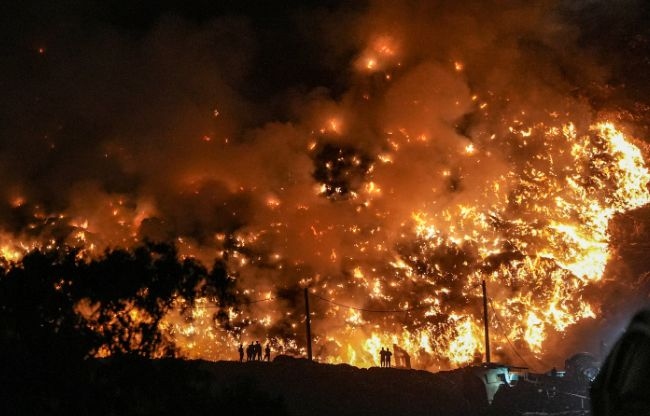
Source: aajtak
The Magnitude of Delhi's Garbage Problem
As per the Delhi Pollution Control Committee's 2022-23 report, the city produces 11,352 tons of waste each day. Of this, 7,352 tons are either recycled or converted to energy.
The remaining 4,000 tons are dumped at the landfill sites, meaning 35% of the daily waste contributes to the ever-growing garbage mountains.
A study by the renowned science journal The Lancet points out that people living within a 5-kilometer radius of a landfill site have a higher risk of asthma, tuberculosis, diabetes, and depression.
Why Is Waste Becoming an Increasing Issue?
Waste generation is a rising concern not just in India or Delhi, but all over the world. According to the World Bank, the global waste production in 2020 was 2.24 billion tons; meaning each person on average produced 0.79 kilos of waste per day.
The World Bank predicts that by 2050, as the population increases, waste will become even more problematic, estimating up to 3.88 billion tons.
Reports by the Central Pollution Control Board (CPCB) show that India produced 150,000 tons of waste every day in 2019-20, which then increased to over 160,000 tons in 2020-21. Following China, India is the second-largest producer of waste annually.

Source: aajtak
For India, the waste problem is exacerbated by the lack of alternative solid waste systems to landfill dumping in cities.
A 2020 report by the Centre for Science and Environment reveals that the country's 3,000 landfill sites hold approximately 80 million tons of waste. The largest trash mountain in Mumbai stands as tall as an 18-storey building.
As for Delhi, the Ghazipur Landfill Site has become an increasingly pressing issue. Ever since its inception in 1994, the site has been piling up waste year after year. In 2021 alone, Ghazipur experienced four significant fire incidents. Previously, in 2017, a portion of it collapsed onto the road, resulting in fatalities.
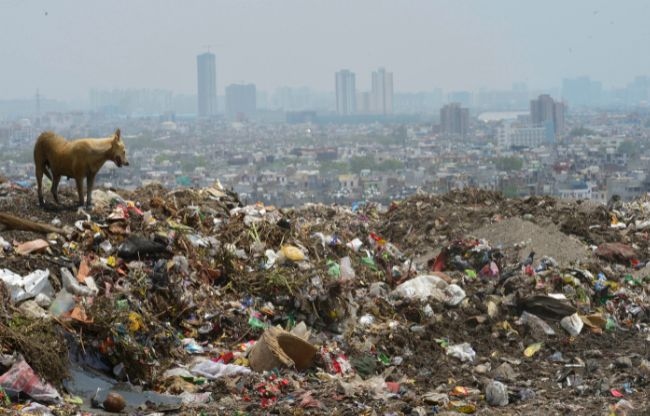
Source: aajtak
What Is the Government Doing?
Earlier this year, Delhi’s first engineered landfill site opened, with an investment of approximately 425 million INR and spanning over 15 acres.
This landfill site, located in the Tehkhand area of South-East Delhi, has the capacity to process 965,000 tons of waste annually. It is designed with a 3.5-meter high surrounding wall and built several meters away from any road to minimize public inconvenience.
When Will the Three Landfill Sites Be Cleared?
Delhi Municipal Corporation claims that all three of Delhi's landfill sites will be completely cleared within the next two years.
The Okhla Landfill Site is expected to close by the end of this year. There are promises that no new waste is being added there anymore, with Bhalswa scheduled for December 2025 and Ghazipur by December 2026.
According to reports, the cost to clear these sites is estimated to be around 2.5 billion INR—with 500 million for Okhla, 750 million for Bhalswa, and 1.25 billion for Ghazipur.
